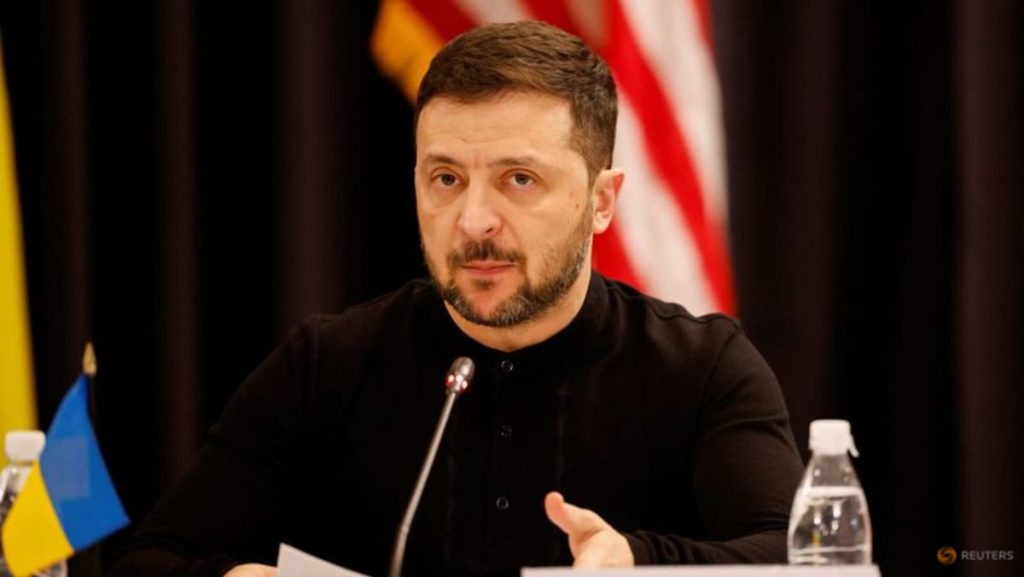The Security Service of Ukraine (SBU) has announced the capture of two North Korean soldiers fighting alongside Russian forces, providing what they claim is “indisputable evidence” of North Korea’s involvement in the ongoing conflict. This revelation adds a new layer of complexity to the war, highlighting the extent of Russia’s reliance on foreign fighters and raising concerns about the internationalization of the conflict. The SBU’s statement is significant not only for its implications regarding North Korean participation but also for the details it provides about the circumstances of the captures and the identities of the captured soldiers.
The SBU disclosed that one of the captured soldiers possessed a Russian army identification card issued to a 26-year-old individual from Russia’s Tyva region, which borders Mongolia. Intriguingly, the SBU asserts that this ID card was “issued in the name of another person,” suggesting a deliberate attempt to conceal the North Korean soldier’s true identity. The second captured soldier was found to be without any identification documents. These circumstances lend credence to reports alleging that Russia has been employing deceptive tactics, including the provision of fake IDs, to mask the presence of North Korean fighters within its ranks.
According to the SBU’s account, the North Korean soldier carrying the Tyvan ID card claimed it was issued to him in Russia during the autumn of 2024 while participating in a “one-week interoperability training” exercise with Russian units. He professed to have believed he was undergoing training and was unaware of his impending deployment to fight in Ukraine. This assertion, if true, suggests a possible element of deception or coercion in the recruitment and deployment of North Korean soldiers. The soldier identified himself as a rifleman born in 2005, indicating his relatively young age and recent entry into the North Korean army in 2021. The other captured soldier, communicating through written responses due to a jaw injury, identified himself as a scout sniper born in 1999, having joined the North Korean army in 2016.
The capture of these soldiers sheds light on the clandestine nature of North Korea’s alleged involvement in the conflict. The SBU’s statement indicates that the two men were captured separately, one on a Thursday, by Ukrainian special forces and paratroopers. The SBU emphasized that the captured soldiers are receiving medical care and are being held in conditions that comply with international law, a crucial aspect of ensuring humane treatment and upholding international humanitarian standards during armed conflict. These captures, along with the details provided by the SBU, offer a glimpse into the complexities of foreign fighter involvement in the Ukraine war and the challenges posed by covert operations.
Concurrent with these developments, the Russian Ministry of Defence reported territorial gains in Ukraine’s eastern Donetsk region, specifically northwest of the strategically important logistics hub of Kurakhove, which Russia claims to have captured earlier in the week. According to the ministry, Russian forces have “liberated” Shevchenko, a rural settlement approximately 10 kilometers northwest of Kurakhove. The strategic significance of Shevchenko, a large village located west of the reservoir near Kurakhove, lies in its potential to protect Kurakhove from shelling and facilitate further Russian advances towards the western border of the self-proclaimed Donetsk People’s Republic. While Russia claims to have annexed the Donetsk region, it does not, in fact, control the entire area.
Ukraine has not yet confirmed the loss of Kurakhove, a town with a pre-war population of around 18,000. The Ukrainian military’s General Staff maintains that Ukrainian troops have successfully repelled Russian offensive actions in the area, including around Kurakhove. The situation remains fluid, with both sides vying for control of key settlements and strategic locations. The battle for Kurakhove and the surrounding areas underscores the ongoing intensity of the conflict in eastern Ukraine and the strategic importance of this region for both sides. The fighting continues to inflict casualties and displace civilians, highlighting the human cost of the ongoing war. In the southern Zaporizhzhia region, a Russian drone attack on a civilian vehicle resulted in the death of a 47-year-old woman, further underscoring the dangers faced by civilians living in proximity to the front lines.

